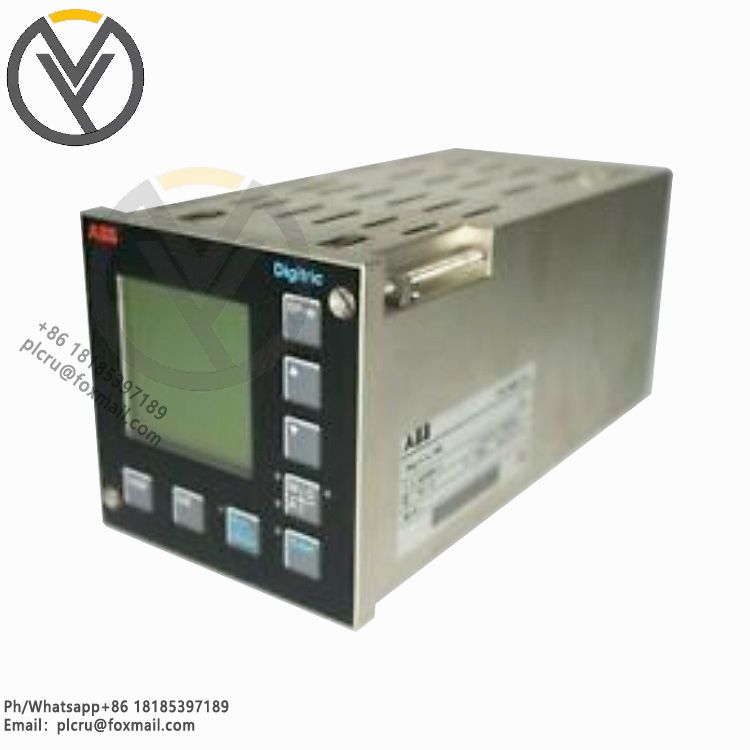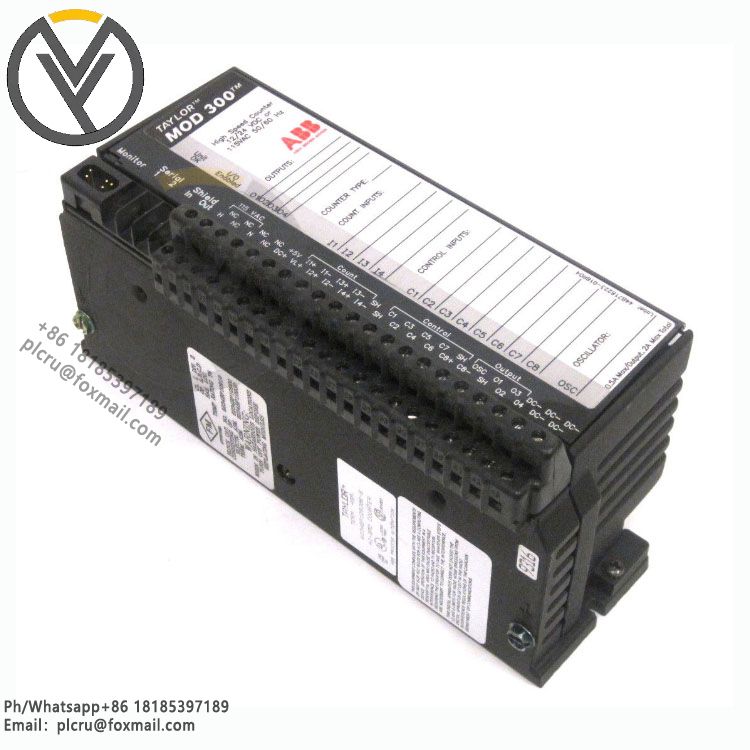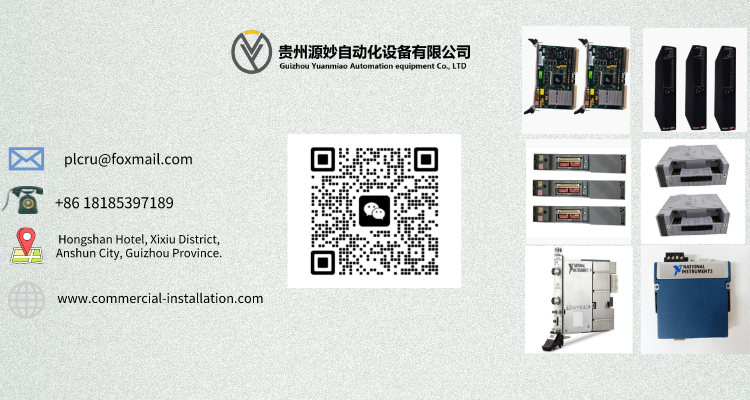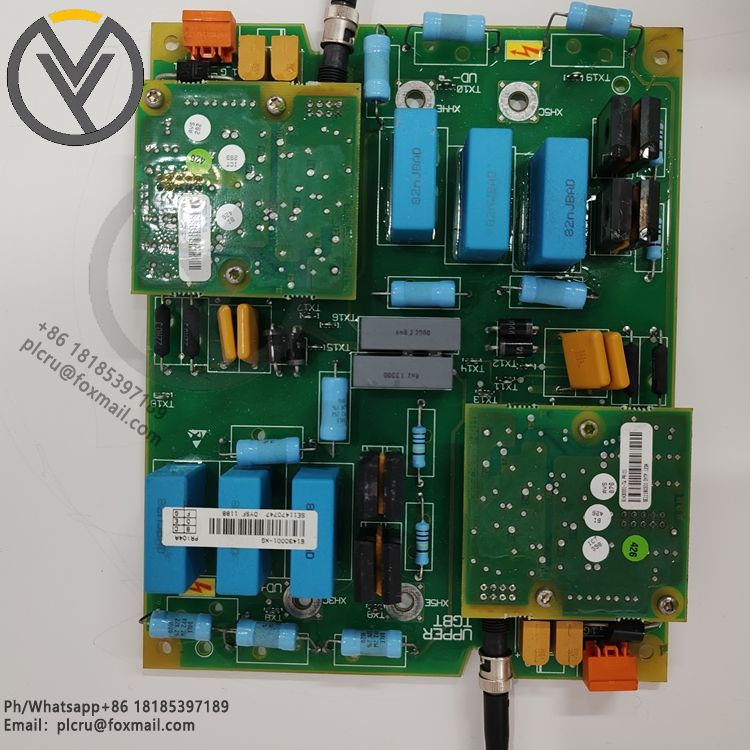
ABB YPQ101E YT,204,001-FS Analog input module
Delivery time 3 days
Product origin New/used
Email plcru@foxmail.com
Mobile/wechat /WhatsApp +86 18185397189
The relevant information of ABB YPQ101E YT,204,001-FS analog input module is as
The relevant information of ABB YPQ101E YT,204,001-FS analog input module is as follows:
Basic parameters:
Voltage: 24V
Current: 100-400A
Weight: 2KG
Operating temperature: 60℃ (please note that only one temperature value is given here, but the specific operating temperature range may require reference to more technical specifications)
Scope of application: Industrial
Available for sale: Nationwide
Type: Module
Model: YPQ101E YT,204,001-FS
Functional features:
This module is an analog input module used to receive and convert analog signals into digital signals for processing in PLC or other control systems.
Communication with HART devices: Analog I/O modules (with HART communication function) communicate with field devices and store analog data and HART variables in the input/output image area of the communication module.
Error detection and reporting: Analog input module errors (such as ASI module errors) are reported to the controller through FC 215 and FC 216. When an error is detected, the controller can choose to continue execution or enter error mode according to the configuration.
Connection and configuration:
Connection: The module needs to be connected to the expansion slot of the PLC or other control system and fixed with screws. At the same time, the sensor needs to be connected to the input channel of the module.
Configuration: In the PLC programming software, the module parameters need to be set, such as input channel, sampling rate, resolution, input signal type, signal range, gain and offset, etc.
Precautions:
When using the PLC analog input module, it is necessary to ensure that the power supply of the module is stable and reliable.
Avoid using the module in a strong electromagnetic interference environment to avoid affecting the accuracy of the signal.
Check the connection and wiring of the module regularly to ensure that there is no looseness or damage.
Select the appropriate sampling rate and resolution according to actual needs to ensure the stability and accuracy of the system.








